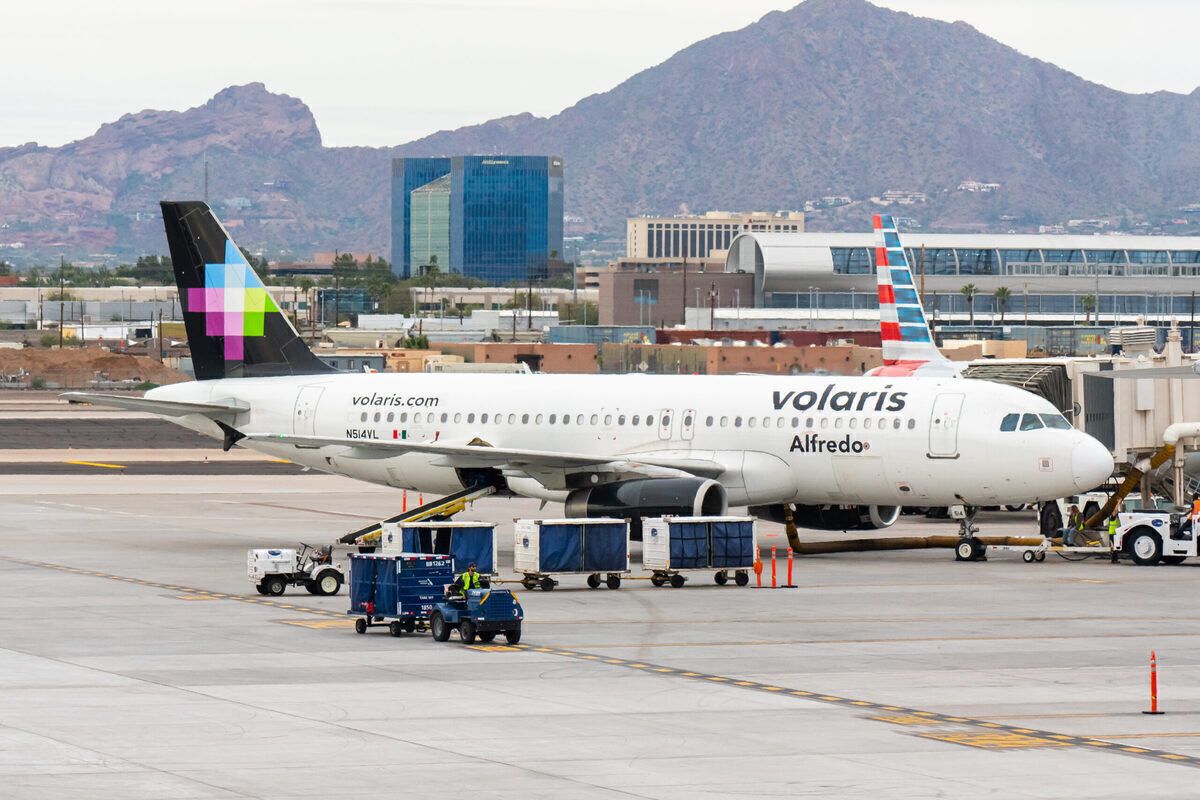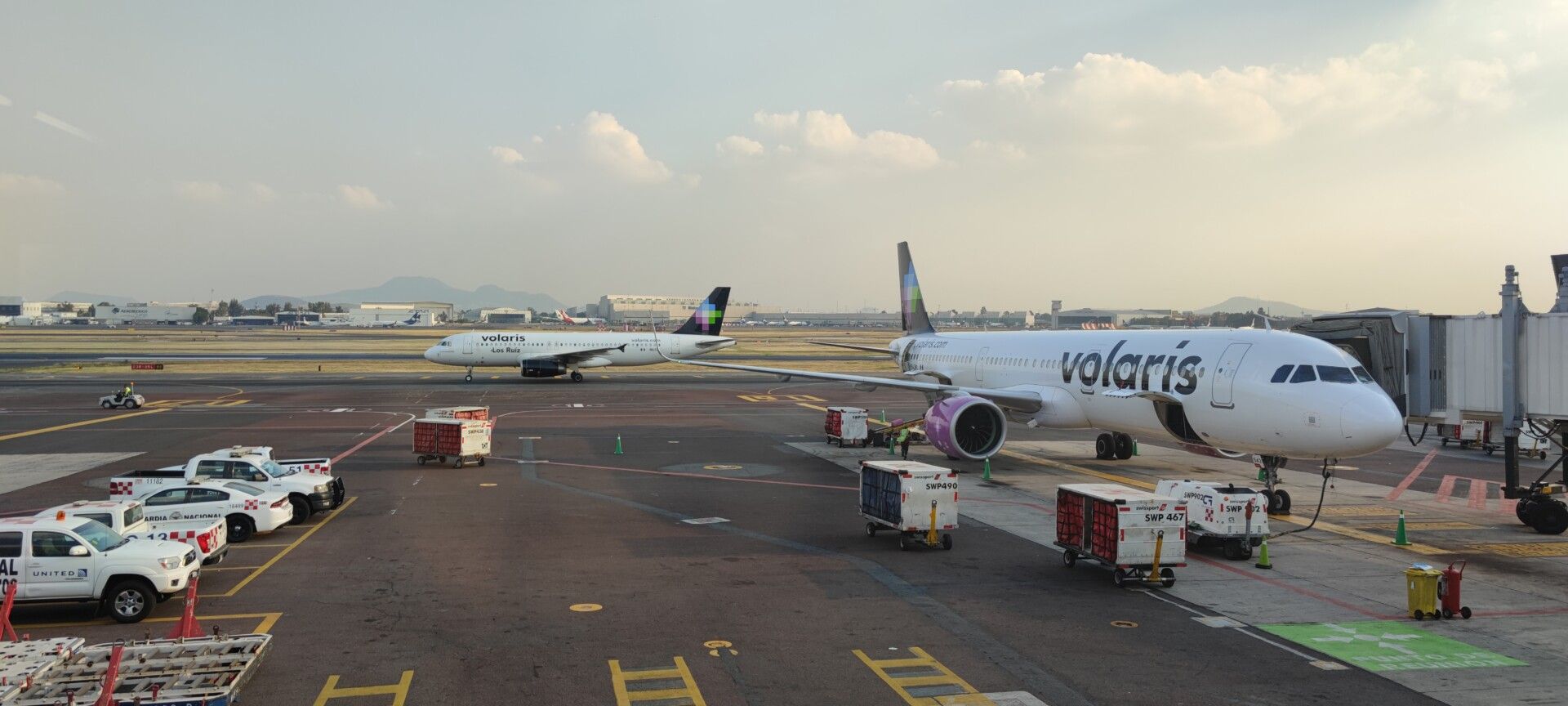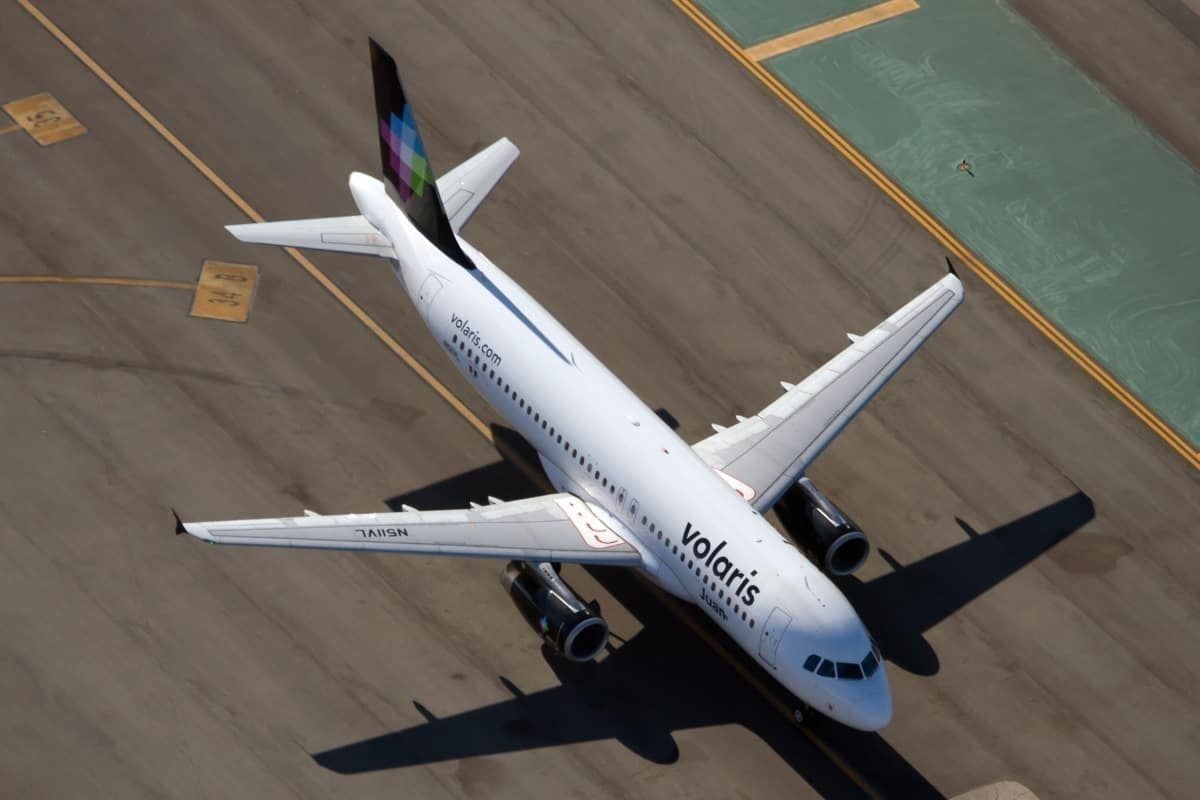The Mexican low-cost carrier Volaris is close to having a fleet of 100 Airbus aircraft. Volaris is expecting to receive its 100th plane in a couple of weeks, but the company is already looking beyond that and has one of the largest orders in Latin America.
Volaris is Airbus main customer in the region
In the last couple of years, Volaris has shown incredible resilience. Despite the COVID-19 pandemic, the Mexican low-cost carrier has experienced remarkable growth. It is already carrying more passengers than in 2019, and it is expected to have a strong finish to the year.
Following Indigo Partners' new Airbus A320 order, signed during the Dubai Airshow, Volaris became Airbus's current largest customer in the Latin American region.
Volaris's unfilled orders have increased to 102 planes, composed of Airbus A320neo and A321neo aircraft. After the Mexican low-cost carrier, JetSMART is also a strong customer with Airbus; it has an unfilled order for 98 additional aircraft, including several A321XLR units.
Avianca is set to receive 70 A320 aircraft starting in 2024, the exact number that LATAM currently has with Airbus. Back in Mexico, Viva Aerobus still has to receive nearly 40 units, and Viva Colombia has unfilled orders of around 25 aircraft.
Closing the year with more than 100 aircraft
Volaris is already Mexico’s largest domestic carrier. It is also closing the gap with Grupo Aeromexico on the international market.
The carrier finished the third quarter with a fleet of 94 aircraft and expects to receive up to seven new units between October and December. By the end of the year, Volaris’ fleet will be composed of 101 airplanes, and by the end of 2022 will be 113.
In a matter of three years, Volaris will have increased its fleet by 41% (in 2019, it had only 80 planes).
Moreover, with 102 planes coming over in the next few years, Volaris’ fleet will look a lot bigger by the end of this decade. Definitely, the airline will reject the leasing contracts of a few aircraft (particularly the older Airbus A319 planes, which have, on average, 14.8 years old, per ch-aviation’s database). Volaris will send a few planes to its new branches in El Salvador, and Costa Rica.
Mexico will have an increase in its commercial fleet size due to the many unfilled orders Volaris, Aeromexico, and Viva Aerobus still have with Airbus and Boeing. There are many factors that could still impact Mexican’s commercial aviation industry (most likely an economic crisis that may be grooming right now), but the future seems bright in this country.
Stay informed: Sign up for our daily and weekly aviation news digests.
Looking at Volaris’ fleet
Currently, Volaris has A319, A320, A320neo, A321, and A321neo aircraft.
The A319 fleet is the oldest and smaller one. Volaris currently has only five aircraft of the type, and are on its way out. One unit is subleased to Volaris Costa Rica. The A319 fleet has 144 economy seats per plane.
Volaris has 40 A320-200 aircraft. On average, they are over seven years old, and it is Volaris’ main type of aircraft. Onboard this plane there are 174 seats.
The Mexican low-cost carrier also has 35 A320neo planes and expects to receive approximately 55 in the coming years. Volaris’ A320neo fleet has 186 seats available in a 3-3 one-class distribution.
Finally, Volaris has ten A321-200 and six A321neo aircraft (with several new units coming over in the next few years). Both have a capacity of 230 passengers onboard.
Have you flown with Volaris? How was your experience? Let us know in the comments below.



